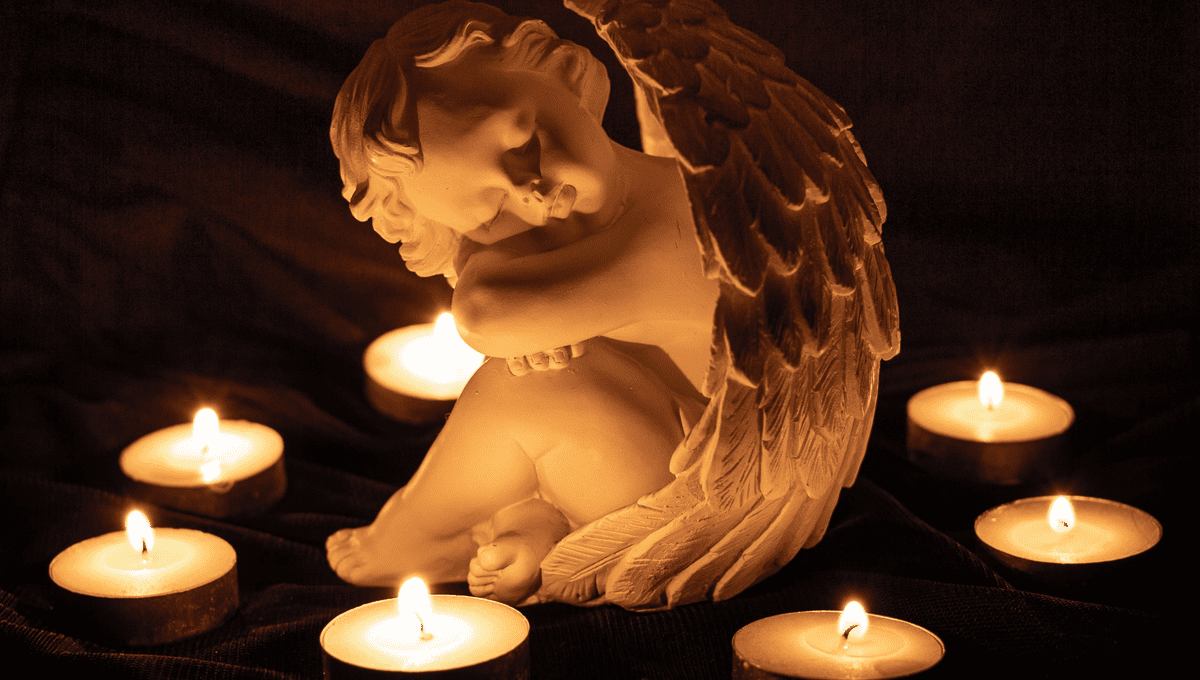
A virtual autopsy on a uniquely preserved body of a Renaissance-era aristocratic child has revealed a glimpse into a short life that, while privileged, was far from perfect.
For most of human history, chances of making it to adulthood were, at best, basically evens. There are a lot of reasons for that (most boiling down to a lack of understanding of concepts like germ theory and not pooping directly into the river you use for drinking water), but that doesn’t tell the whole story. For that, there’s nothing like getting up close to some real-life historical relics – and a team of scientists from Germany has recently had a rare chance to do exactly that.
The team combined cutting-edge technology and historical archiving techniques to carry out the virtual autopsy. Tooth and bone measurements revealed that, like approximately one in four of his contemporaries, the child never made it past the age of about one year.
He was overweight for his age and showed the kinds of rib deformities usually seen in conditions like rickets or scurvy – diseases resulting from nutritional deficiencies which are now, for those with fortified milk and year-round citrus fruit, virtually unheard of.
Rickets is most commonly thought of as a disease that affects the bones, making them soft and bendy – one of the most stereotypical signs has been a bow-legged appearance. The little lord being examined by the researchers didn’t have this symptom, perhaps because he was simply too young to crawl or walk enough to develop it – but he did have something more concerning.
That’s because rickets can significantly increase a child’s vulnerability to severe respiratory infections, such as pneumonia. One 2010 hospital study found that children with rickets were more likely to present with an acute respiratory infection than children without the disease. The boy’s virtual autopsy suggests he was no exception: he seems to have died with inflammation characteristic of pneumonia in his lungs.
All of this throws the idea of an aristocratic life of luxury and plenty into new light, according to the researchers. “The combination of obesity along with a severe vitamin-deficiency can only be explained by a generally ‘good’ nutritional status along with an almost complete lack of sunlight exposure,” said Andreas Nerlich, a professor of pathology at the Academic Clinic Munich-Bogenhausen and lead author of the new paper, in a statement.
“We have to reconsider the living conditions of high aristocratic infants of previous populations,” he added.
These discoveries came thanks to a CT scan – something that wouldn’t be possible if not for a highly unusual set of circumstances that led to the natural mummification of the tiny body. While the riddle of why he died had been unraveled, precious little was known about who the boy was while alive.
Here, too, there were mysteries to be solved. The boy was buried in a plain wooden coffin that didn’t record his name – in fact, it doesn’t even seem to have been big enough for his body. He was the only one interred in this manner: all the other graves were elaborate metal affairs, with the names of the deceased recorded for future generations to remember.
So, perhaps the little body didn’t belong to someone important enough to remember. Then again, he was the only infant interred in the crypt at all – a crypt which, it should be noted, was used exclusively by the noble von Starhemberg family, a house of Imperial counts and princes whose origins stretched back to the 12th century.
Analysis of his clothing showed that, inside of his understated box, he was dressed in a long, hooded coat made of expensive silk – so evidently, some level of “special care” may have been applied, Nerlich said.
Conflicting as these clues seemed at first, when combined with radiocarbon analysis that dated the remains to between 1550 and 1635 CE, they did reveal one likely candidate for the boy’s identity: Reichard Wilhelm, grandson of his namesake Count Reichard von Starhemberg.
“We have no data on the fate of other infants of the family,” Nerlich said. “According to our data, the infant was most probably [the count’s] first-born son after erection of the family crypt.”
It might seem like a small reward for such a lot of scientific sleuthing – learning the name and story behind a long-dead toddler – but it’s a result that the team believes may truly impact how we relate to our ancestors and their lives.
“This is only one case,” said Nerlich, “but as we know that the early infant death rates generally were very high at that time, our observations may have considerable impact in the over-all life reconstruction of infants even in higher social classes.”
The study is published in Frontiers in Medicine.
Source Link: 17th-Century Mummified Child May Have Died From Being Kept Out Of The Sun